Encryption of the artist Guy de Cointet solved
The book “A Captain from Portugal” by the French artist Guy de Cointet contains several ciphers. Armin Krauß has solved the most important of them. Two others still pose mysteries.
Guy de Cointet (1934-1983) was a French artist who lived in California. In 1972, he created a nearly 40-page book titled “A Captain from Portugal.” The following image shows the title page:
All the pages of this book are here. On each page of “A Captain from Portugal” you will find a drawing or a sequence of symbols. The book does not contain any text in the usual sense. As a crypto expert, I find the following page particularly striking:
This looks strongly like a Pigpen encryption. And indeed, blog reader Rossignol was able to decrypt this text a few weeks ago. Here are the details.
Most of the other pages of “A Captin from Portugal”, including the front page shown above, contain strings of symbols in a “polygon train font”. Here is a typical example:
About 30 of the 40 pages are filled with longer polygon font texts. In addition, some other pages contain shorter text passages of this type.
The solution
Already at the end of 2020, blog reader Armin Krauß …
… found the solution to the polygon font puzzle. Unfortunately, I am only now getting around to posting it. As Armin found out, the polygons actually stand for letters. So the pages from “A Captain from Portugal” written in the polygonal script can be deciphered. Here is the substitution table that Armin determined:
Thus, for example, the title page of the book reads (unsurprisingly) as follows:
A CAPTAIN FROM PORTUGAL?
On page 4 of the book, one finds the following line, which looks like a subtitle or dedication:
With Armin’s table, this word sequence can also be easily decoded:
A SHORT STORY
Apparently this is the subtitle of the book.
The polygon font page shown above as an example has been decoded by Armin as follows:
Two more puzzles from the same book
The book “A Captain from Portugal” by Guy de Cointet has two more possibly coded passages to offer. First of all this one:
I do not believe that this is a real piece of music. It is more likely that there is a cipher behind it. Can a reader crack it?
I have already presented the following cryptogram from “A Captain from Portugal” on Cipherbrain, but I don’t know the solution:
Can a reader solve this message? Is this even a coded text? I look forward to any pertinent information.
If you want to add a comment, you need to add it to the German version here.
Follow @KlausSchmeh
Further reading: Bruno Borges’ first encrypted book enters bestseller list
Linkedin: https://www.linkedin.com/groups/13501820
Facebook: https://www.facebook.com/groups/763282653806483/


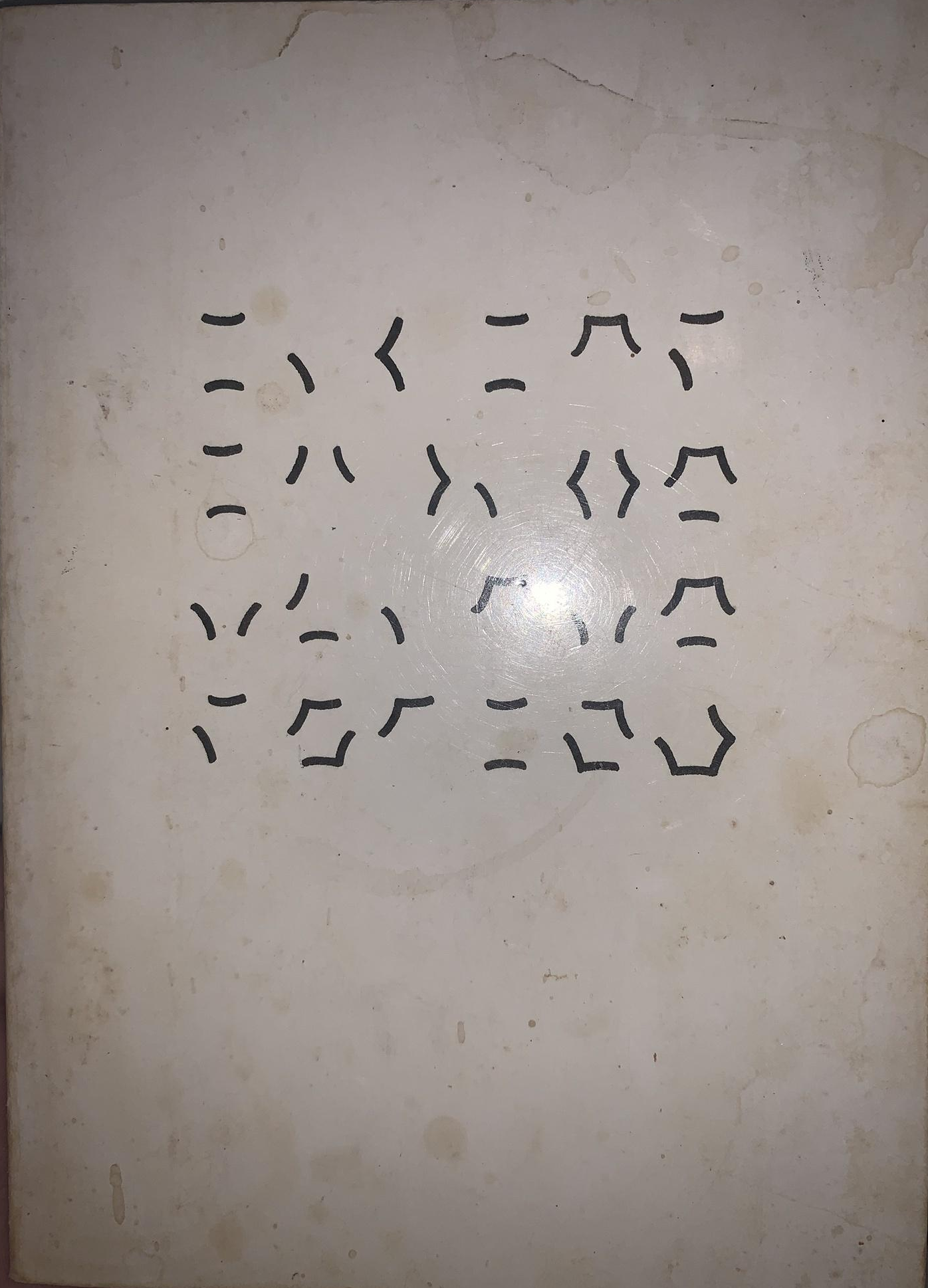
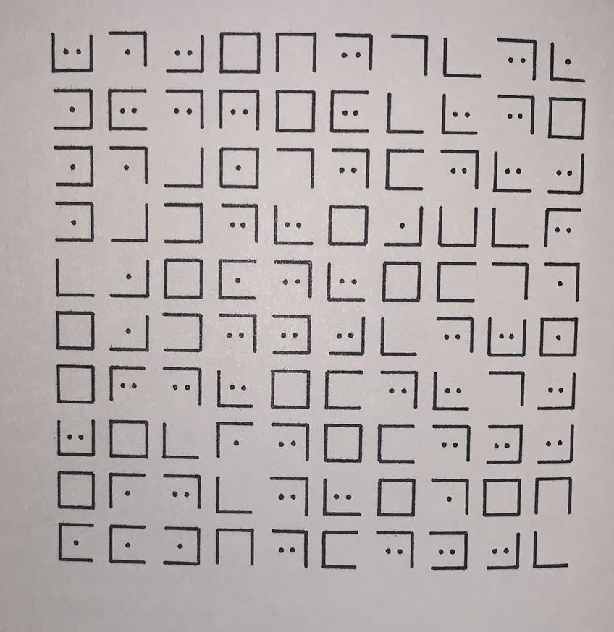
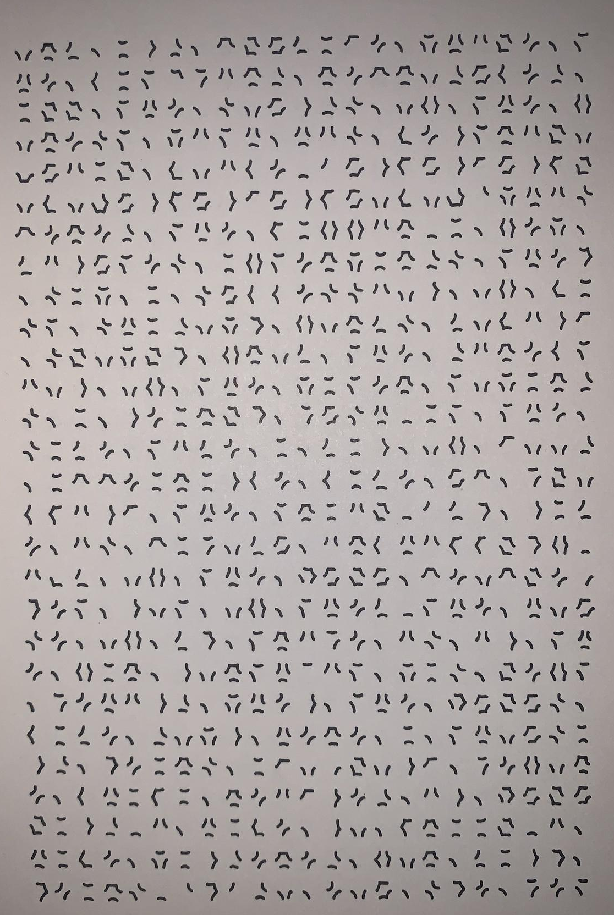


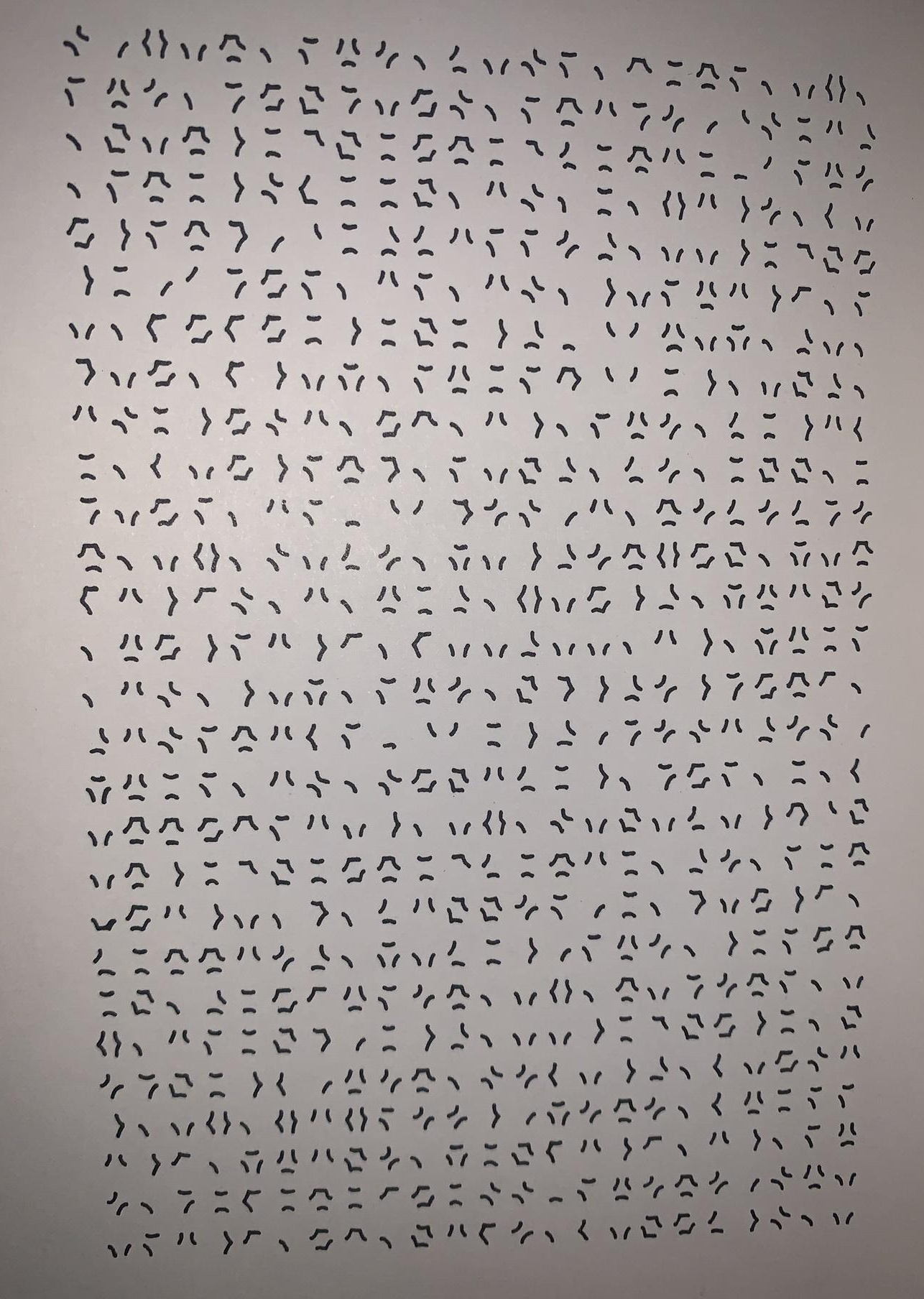
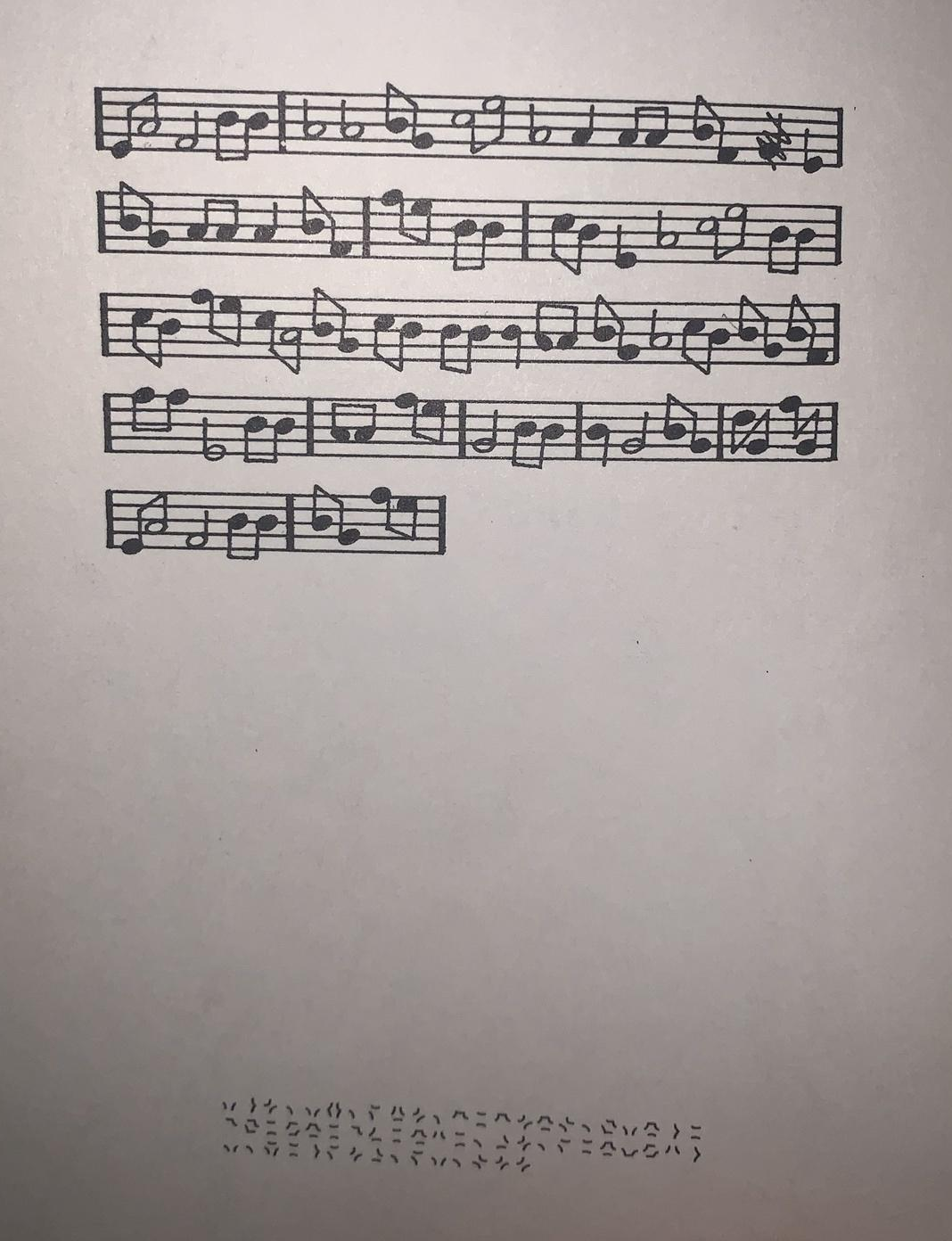
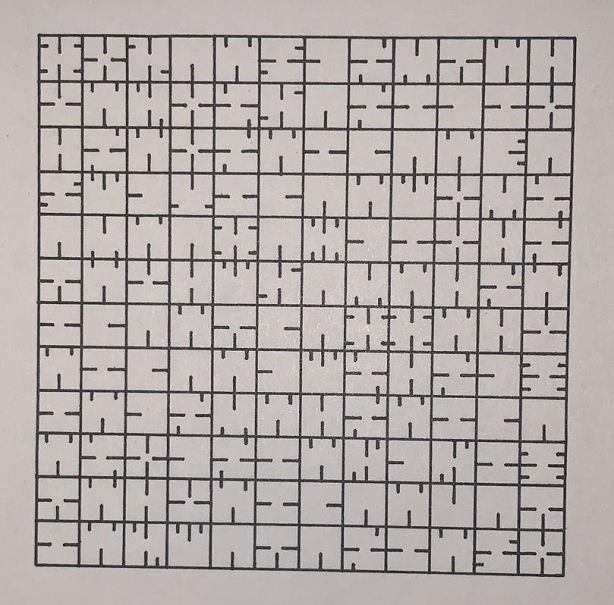

orm and plumage while the cat-bird reproduced all the sounds of the forest with his ventriloquial voice. “unkungunklovo?unkungunkuovo? whispered the kaffir. A few minutes afterwards they saw a succession of vast shadowy forms moving slowly from the direction of the water towards a nearly bush. At the same time a man of good appearance came up blocking the trail. “My name is Pabomu Irchikklyf. I’m of the Zulu people, yet not of them. The house of my tribe is in the far north; it was left behind when the Zulus came down here a thousand years ago, long before Chaka reigned in Zululand. I have no kraal. I have wandered for many years.?y” Do eou sue bet
These are fragments from “King Solomon’s Mines” by H. Rider Haggard and “Texar’s Revenge” by Jules Verne.
Congratulations to Armin on this deciphering success! It’s not his first, as you can see for example here, here and here.
If someone now wants to try his luck himself, here is a polygon font page whose plaintext is not yet known to me, but which should be decipherable with Armin’s table: